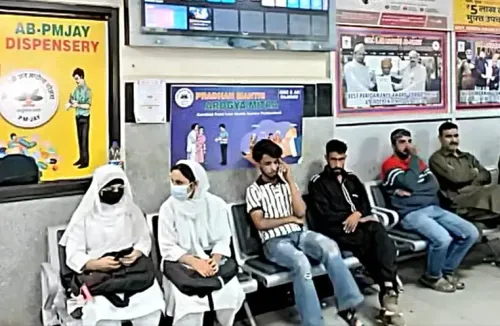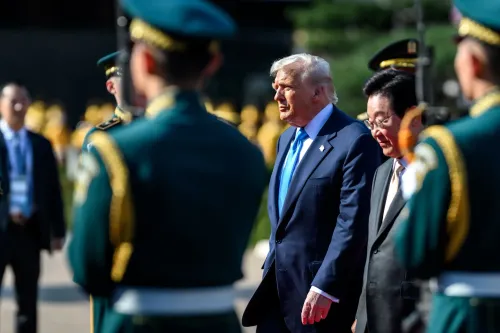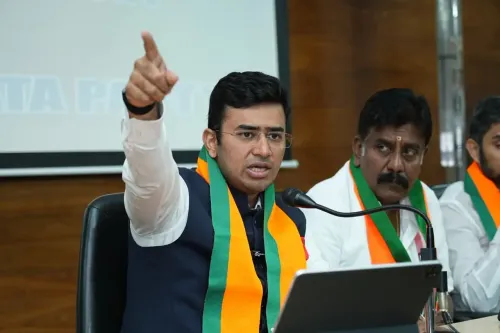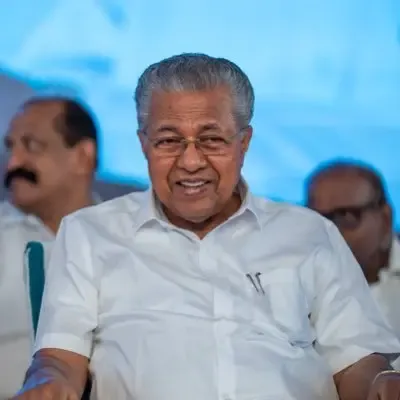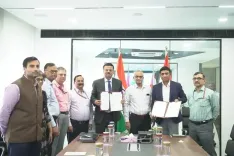Is India's Media Sector Reaching New Heights with Regional Growth and Digital Leadership?

Synopsis
Key Takeaways
- Media growth: Significant rise in publications and channels.
- Digital dominance: Digital media leads in revenue generation.
- Infrastructure investment: Government initiatives to enhance broadcasting capabilities.
- Creator economy: A burgeoning sector influencing consumer behavior.
- Access democratization: Bridging information gaps in underserved regions.
New Delhi, July 23 (NationPress) The media and broadcasting landscape in India is experiencing a significant shift, characterized by a strong increase in traditional platforms alongside rapid growth in digital spaces.
A report shared in the Lok Sabha by Union Minister of State for Information and Broadcasting, Dr. L Murugan, outlined prominent changes across print, television, and public broadcasting.
The count of registered publications has surged from 105,000 in 2014–15 to 155,000 in 2024–25, demonstrating a healthy rise in regional and vernacular media.
Additionally, the number of private satellite television channels has grown from 821 to 908 during the same timeframe, highlighting the sector’s resilience and responsiveness. The Doordarshan Free Dish platform currently offers 92 private channels and 50 DD channels, providing content in various regional languages. This multilingual approach has successfully addressed the information gap in remote and underserved regions.
This expansion is part of a larger initiative to democratize access to news and entertainment. Under the Broadcasting Infrastructure and Network Development (BIND) Scheme 2021–26, Prasar Bharati is enhancing its transmission capabilities.
Three new transmitters have been sanctioned in Himachal Pradesh, which includes a 5kW unit in Mandi and 1kW FM transmitters in Chamba and Dharampur.
This scheme, with a budget of Rs 2,539 crore, aims to modernize All India Radio and Doordarshan facilities, extend FM coverage to over 80 percent of the population, and improve signal strength along key borders.
Beyond infrastructure, the Indian media and entertainment sector is forecasted to grow by 7.2 percent by 2025, reaching Rs 2.7 trillion.
Digital media now constitutes 32 percent of overall revenues, surpassing television to become the leading segment. OTT platforms, mobile gaming, and digital advertising are propelling this transition, aided by increasing internet access and evolving consumer habits.
India’s creator economy is also rapidly advancing, with over 2 million active digital creators driving more than $350 billion in yearly consumer spending.
This figure is projected to triple by 2030, establishing India as a global content leader. The developments highlighted in Parliament today signify not only quantitative expansion but also a qualitative transformation in how India engages with, produces, and distributes media.
The merging of public service broadcasting, private enterprise, and digital innovation is redefining the nation’s communication landscape.

